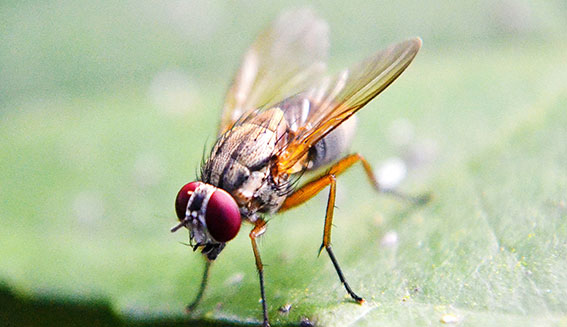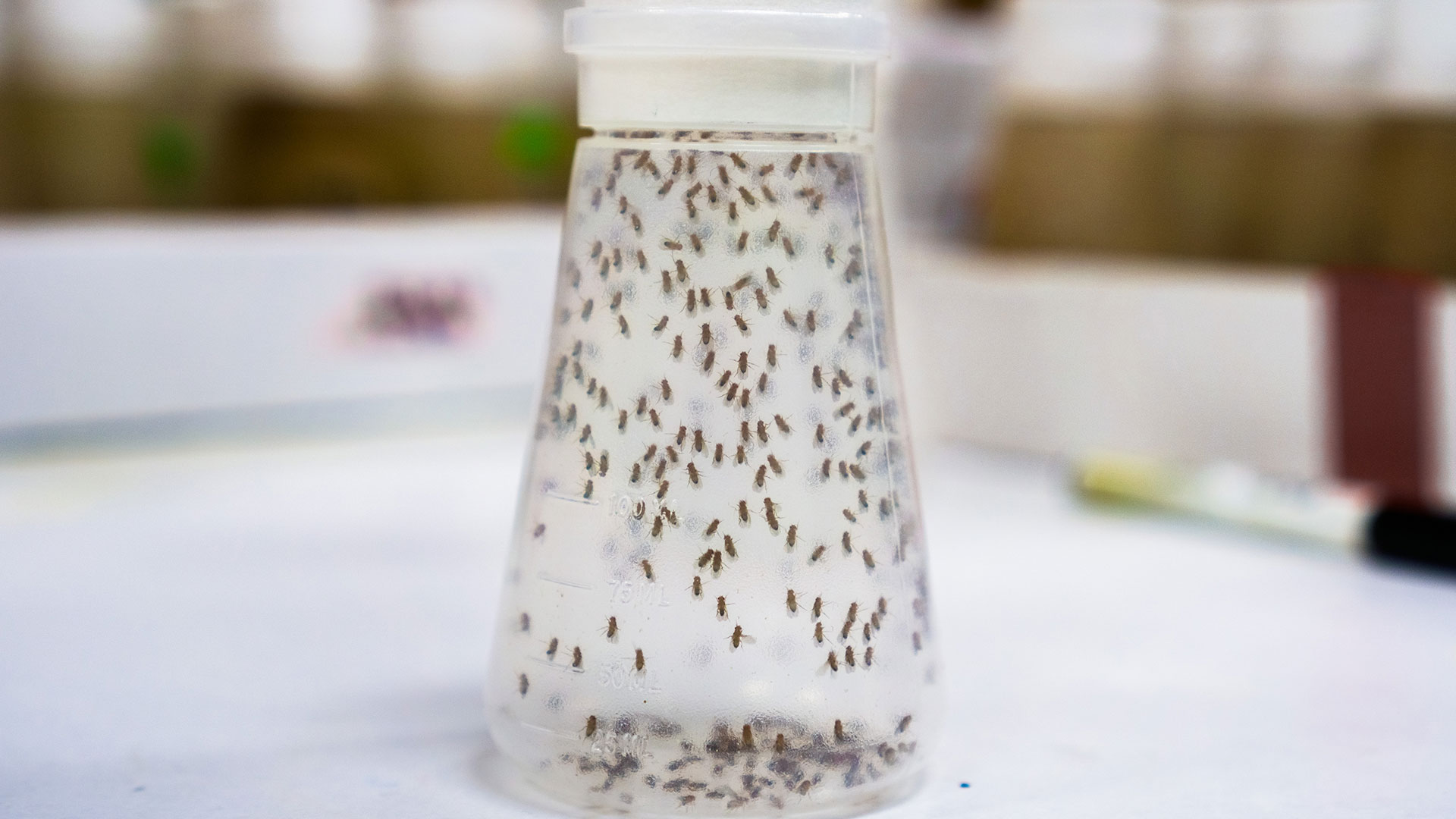Your cart is currently empty!
Damage
Fruit flies attack and damage most kinds of fruits and vegetables like berries, grapes, olives, persimmons, and tomatoes. Female flies cause damage by puncturing the fruit skin with their ovipositors to lay eggs. During egg laying, various bacteria from the intestine of the fly are introduced into the fruit. The activity of bacteria and larvae feeding on the flesh of fruit cause the rotting. Also, fruit flies have been known to lay eggs on wet garbage in the kitchen and are a nuisance.





